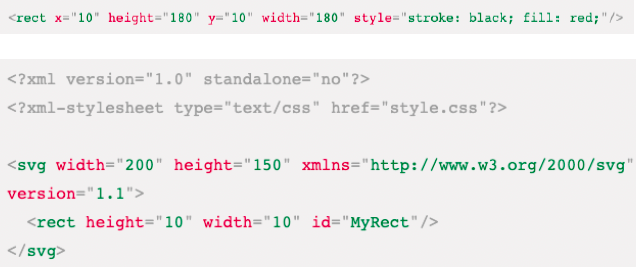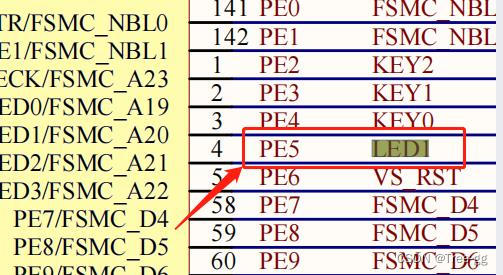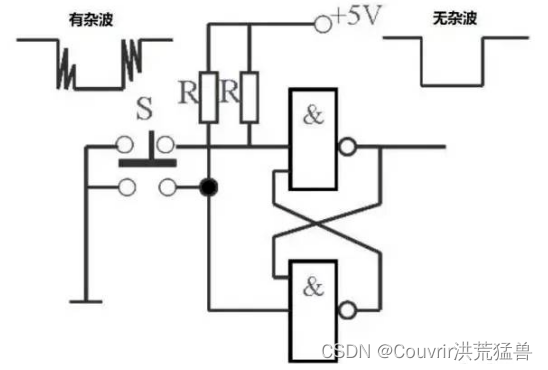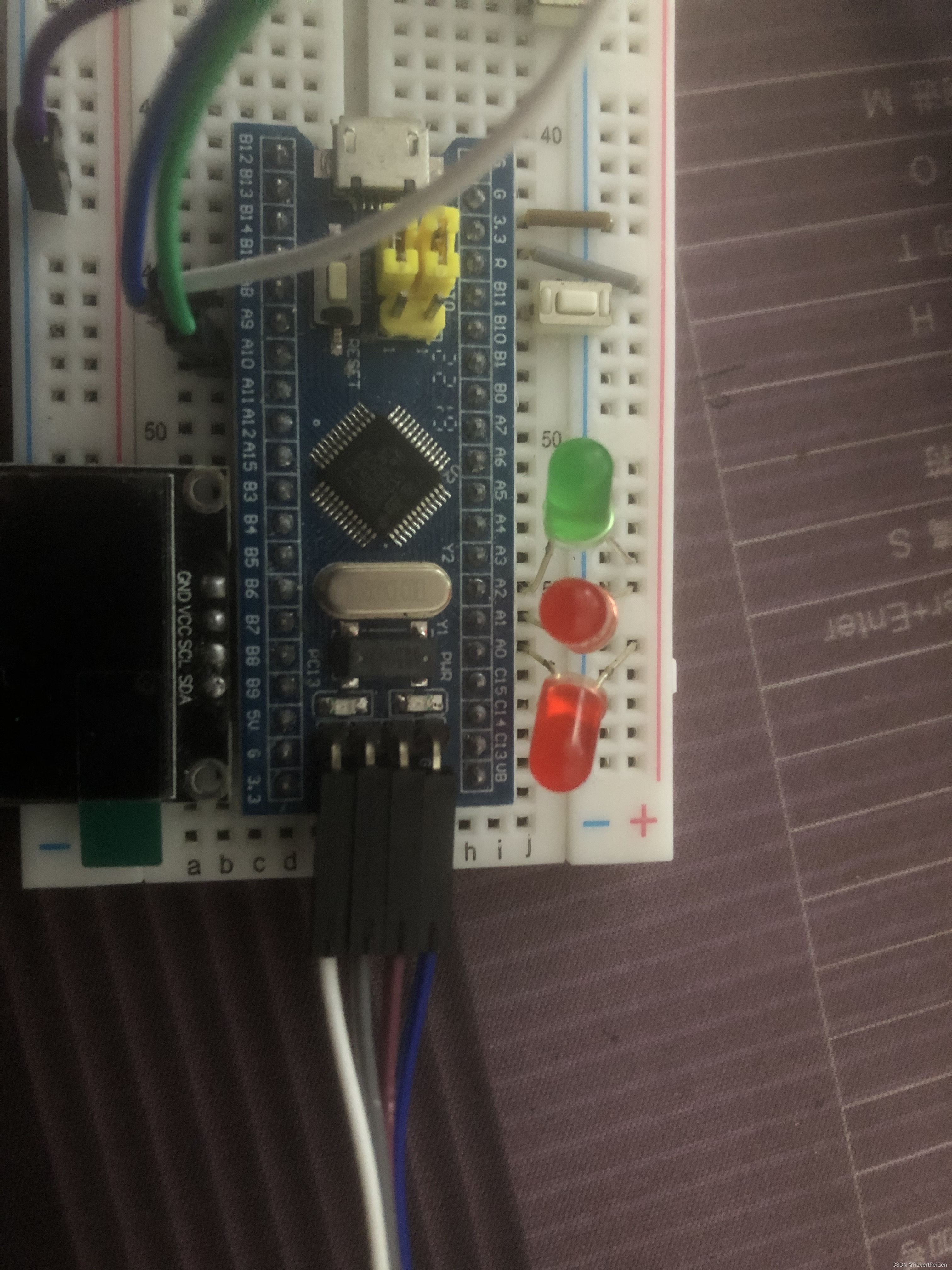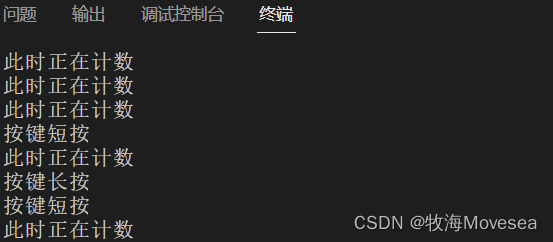1.介绍
Go 1.21.0 是 Go 语言的最新版本,它将在 2023 年 8 月发布,会带来了一些语言和工具的变化。其中一个值得关注的变化是增加了两个新的内置函数 min 和 max,用来对任意可比较类型进行最小值和最大值的操作。这是很常见的需求,现在有内置实现了。本文将介绍这两个函数的背景、规范、实现原理和使用示例。
1.1增加这两个函数的背景
在 Go 语言中,有很多情况需要对一组值进行最小值或最大值的操作,比如排序、统计、筛选等。然而,Go 语言没有提供直接的方法来实现这个功能,开发者需要自己编写循环来完成。(标准库 math 有对应的函数,但只支持接受 float64 类型。)
但这个确实很常见的需求。为此,Go 1.21.0 引入了两个新的内置函数 min 和 max,它们可以对任意可比较类型进行最小值或最大值的操作,无需编写循环或引入第三方库。
1.2长什么样?
根据 Go builtin 文档,min 和 max 的函数原型如下:
// The max built-in function returns the largest value of a fixed number of
// arguments of [cmp.Ordered] types. There must be at least one argument.
// If T is a floating-point type and any of the arguments are NaNs,
// max will return NaN.
func max[T cmp.Ordered](x T, y ...T) T// The min built-in function returns the smallest value of a fixed number of
// arguments of [cmp.Ordered] types. There must be at least one argument.
// If T is a floating-point type and any of the arguments are NaNs,
// min will return NaN.
func min[T cmp.Ordered](x T, y ...T) T
从函数原型可以看出,min 和 max 的参数和返回值都是同一种类型,必须是可比较的有序类型,比如整数、浮点数、字符串等。如果只有一个参数,它就是最小值或最大值。如果有多个参数,min 和 max 会根据 < 运算符来比较大小,并返回最小值或最大值。如果有多个相同的最小值或最大值,min 会返回最左边的一个,max 会返回最右边的一个。如果没有参数,或者参数不是有序类型,min 和 max 编译不通过。
2.这两个函数的实现原理
min 和 max 是内置函数,它们的实现是在编译器层面完成的,而不是在运行时。具体来说,它们是在编译器的 SSA (Static Single Assignment) 阶段进行转换的,将 min 和 max 的调用转换为对应的循环代码。这样做的好处是可以避免引入新的运行时函数,也可以让编译器有更多的优化空间。
具体的实现代码在 src/cmd/compile/internal/types2/builtins.go 中:(部分代码)
for i, a := range args {if a.mode == invalid {return}if !allOrdered(a.typ) {check.errorf(a, InvalidMinMaxOperand, invalidArg+"%s cannot be ordered", a)return}// The first argument is already in x and there's nothing left to do.if i > 0 {check.matchTypes(x, a)if x.mode == invalid {return}if !Identical(x.typ, a.typ) {check.errorf(a, MismatchedTypes, invalidArg+"mismatched types %s (previous argument) and %s (type of %s)", x.typ, a.typ, a.expr)return}if x.mode == constant_ && a.mode == constant_ {if constant.Compare(a.val, op, x.val) {*x = *a}} else {x.mode = value}}
}
可以看到,编译器将 min 的调用转换为一个循环,从第二个参数开始遍历切片,并与第一个参数比较大小,更新最小值/最大值变量。
3.使用示例
min 和 max 函数的使用非常简单,只需要将要比较的值作为参数传入即可。
下面是一些使用示例:(在线运行地址 https://go.dev/play/p/AQ6HD_gfame?v=gotip)
package mainimport ("fmt""math"
)func main() {// 比较整数fmt.Println(min(1, 2, 3)) // 1fmt.Println(max(1, 2, 3)) // 3// 比较浮点数fmt.Println(min(1.5, 2.5, 3.5)) // 1.5fmt.Println(max(1.5, 2.5, 3.5)) // 3.5// 浮点数包含 NaNfmt.Println(min(1.5, math.NaN(), 3.5)) // NaNfmt.Println(max(1.5, math.NaN(), 3.5)) // NaN// 比较字符串fmt.Println(min("apple", "banana", "cherry")) // applefmt.Println(max("apple", "banana", "cherry")) // cherry
}
输出结果:
1
3
1.5
3.5
NaN
NaN
apple
cherry
可以看到,min 和 max 函数可以方便地对不同类型的值进行最小值和最大值的操作,无需编写额外的代码。
4.总结
本文介绍了 Go 1.21.0 新增的两个内置函数 min 和 max,它们可以对任意可比较类型进行最小值和最大值的操作。目前 Go1.21.0 还未发布,其中的具体实现可能会发生变化。
